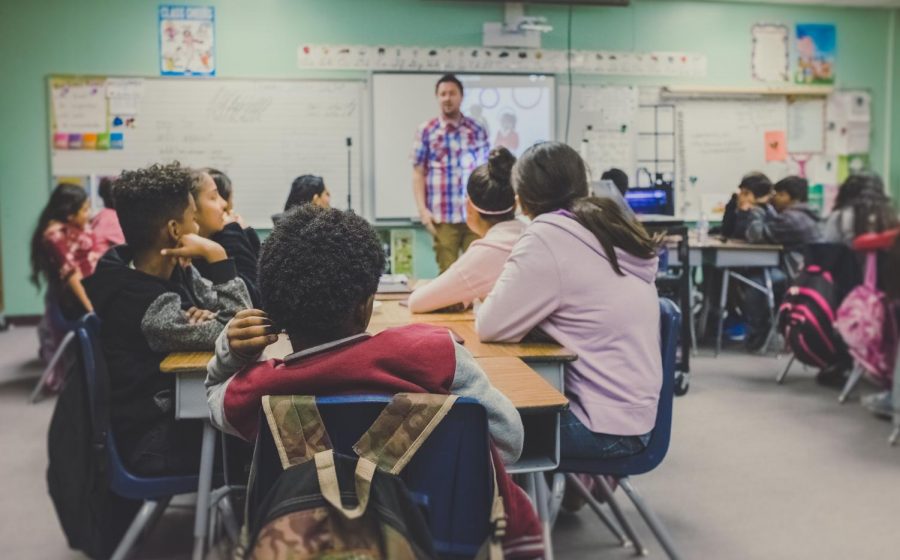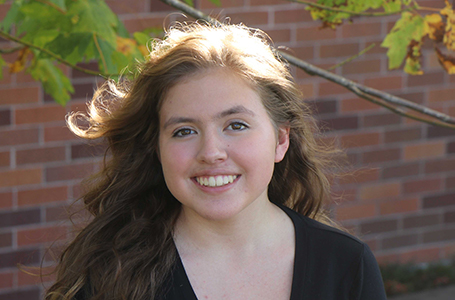Oregon’s Education System Is Failing Its Youth and Its Future
May 1, 2019
In 2018, Oregon’s public education system was ranked 8th worst in the United States. This horrific fact serves as a call to action for us to improve Oregon’s largely defective public school system that, with its poor quality, is doing a disservice to students and in turn, failing its youth.
Teachers in Oregon have recently been taking an active stance to try to improve Oregon’s education system. Right now, Oregon is financing schools 21% to 38% below what research has discovered is necessary for a successful school system. Teachers say that if Oregon’s budget does not increase by $2 billion dollars, they will walk out of their schools in protest next Wednesday, May 8.
One of Oregon’s biggest problems is its graduation rate. Oregon has the 4th lowest graduation rate in the United States at 74%, whereas Iowa has the highest rate in the nation, at 91%, creating a 17% difference.
The disappointment in Oregon’s public school system doesn’t stop there. Oregon ranks 42nd in its quality of education. In addition, Oregon is in the worst five states for student to teacher ratio.
Considering both Nevada and Arizona are also ranked among the five worst states for student to teacher ratios, and are also ranked in the five worst for overall quality of education, it is reasonable to say that Oregon’s high student to teacher ratio is a major cause of its inadequate school system.
One of the problems with Oregon’s school system could be the amount of money Oregon has spent on the public school system itself. Throwing money at the problem doesn’t necessarily fix the problem, but if Oregon finds a way to spend the money effectively, then the problem could be solved.
Oregon’s school system spends an average of $10,840 per student. The money spent per student doesn’t fluctuate per student but by district. For example, the Scio School District spends $7,560 per student whereas Frenchglen School District spends about $40,000 per student.
The issue is that Frenchglen is apparently spending all of their money on students, with no sign of being a sufficient school system. According to the students who took the state test in this district, only 22% of the students are proficient in math and 48% proficient in reading.
It is also important to note that Washington D.C., Arkansas, Louisiana, and Oregon are all considered to be high spending school systems. However, they all rank in the top ten worst school systems in the United States.
By spending money effectively, and identifying the issues that need to be solved, then using money to solve those issues, perhaps a real difference can be made.
For example, if public schools were to use the money for hiring more teachers, it would help create smaller class sizes. This would improve Oregon’s school system. Oregon’s average class size is 25, whereas Massachusetts, the best ranked school system in the nation, has class sizes between 17 and 21.
There are multiple differences when comparing the Oregon public school system and Massachusetts’ public school system.
For example, in 1993 Massachusetts was considered a mediocre education system in the country. How did they improve? They increased their budget while spending it effectively by buying new textbooks, raising the standard that students would be held to, and hiring more teachers while also holding them to a higher standard.
On average, teachers in Oregon get paid $61,900 annually while the national average is $59,700. Despite the fact Oregon pays their teachers similarly to other states, high school teachers in Massachusetts get paid more because they are expected to have a higher level of education. For example, Lesley’s University requires people planning on teaching to declare education as a double major with the other major being the subject they intend to teach.
If Oregon required this sort of education for their teachers, I think the school system will improve. However, this would require Oregon to invest more money in its teachers.
Massachusetts has also designed its own teaching license test which they use instead of the Praxis test, a test that many states (including Oregon) use. This test is understood to be the hardest in the country; in 2015, only 64% of people taking the test received their teaching license.
Massachusetts didn’t make these changes overnight, but they set out to improve their school system and they accomplished just that. Oregon still has a long way to go, but if we take action, like Massachusetts has over the past three decades, then we can start improving our public school system.
Oregon should follow the example Massachusetts has set. I don’t expect it to happen by tomorrow or next year, but something needs to be done to improve Oregon’s education system in order to create a brighter future for its youth.





